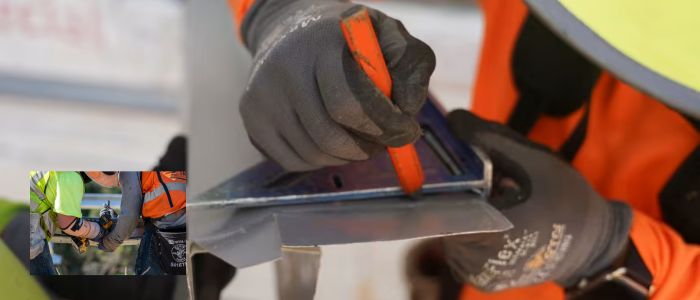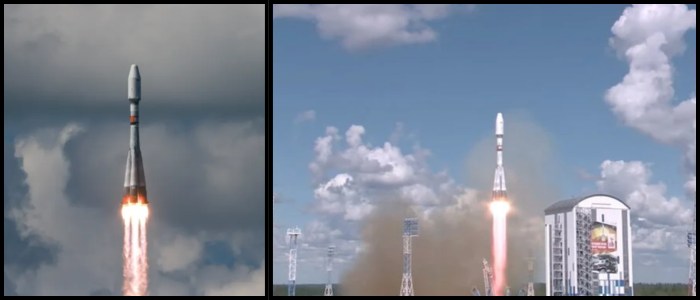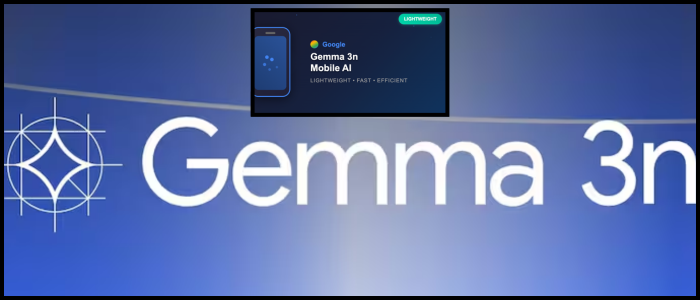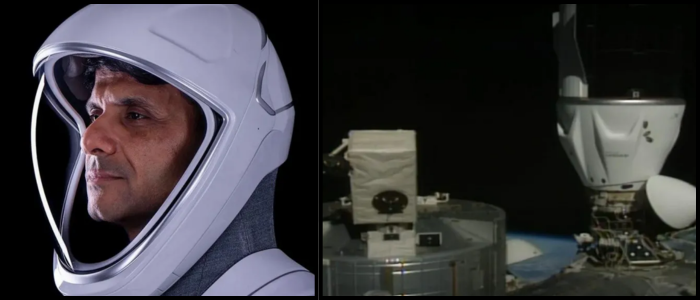A Giant Leap in Astronomy
The newly released picture features swirling gas and dust in a star-forming region a distance of 9,000 light-years away. This is the start of a ten-year survey of the southern sky at night. Its unique design combines mirrors of 8.4, 3.4 and 4.8 meters in diameter to gather light from the universe in a unique way. Every design feature, from dark-preserving techniques to cutting-edge optics, is designed to pick up even the dimmest cosmic events.
Perched on Cerro Pachón in the Andes, the telescope operates in one of the most stellar-accessible locations on the planet — dry, high, and untroubled by artificial light. It boasts a 3,200-megapixel camera — so strong it could take pictures of a golf ball on the Moon — and 400 Ultra HD screens would be required to view a single image.
Potential for Revolution and International Effect
The telescope will capture an image every 40 seconds or so, running 8 to 12 hours every night. It is expected to produce as many as 10 million alerts each night for transient sky phenomena. It will enable mapping the Milky Way, tracking solar system objects and studying dark matter. One of its most tantalizing pledges is finding the so-called Planet Nine, which might be 700 Earth-Sun distances away in the outer reaches of the Solar System.
The British government is a key partner; data centres would process the massive amount of data. The results from Professor Catherine Heymans and Professor Alis Deason may allow us to see the Milky Way up to 1.2 million light-years away, and ancient starlight in its halo.
Now that the Vera Rubin Observatory is live, astronomers everywhere are bracing for a decade of discovery. "One top-level description I've heard of it is that it's going to be the largest data set we've ever had to look at our galaxy with," one scientist had told me.
Tech
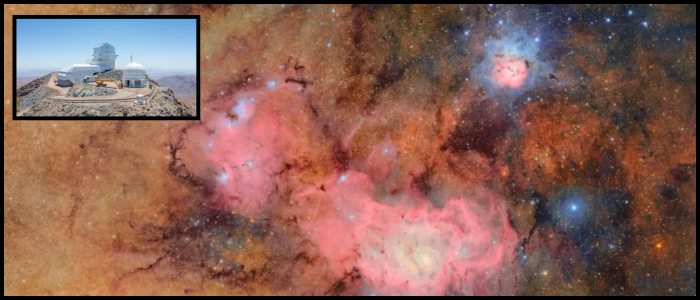
First Image Released by Vera Rubin Telescope

First light for exoplanet-hunting telescopeThe Vera C. Rubin Observatory in Chile has unveiled the first image it snapped of the creamy centre of our galaxy, the first step on the path toward over a decade of collecting data on huge swaths of the night sky. Equipped with the world's most powerful digital camera and a pioneering design featuring three mirrors, the observatory is designed to solve some of the paramount mysteries of the universe, from dark matter and dark energy to potential killer asteroids.






